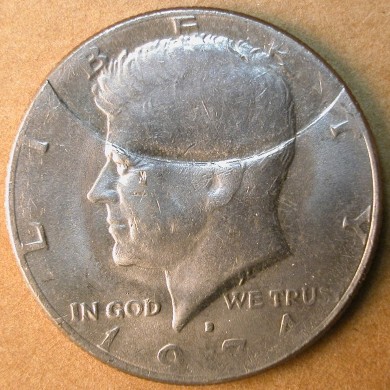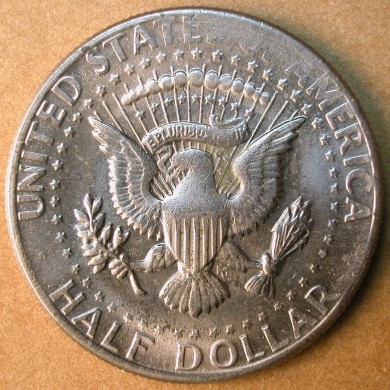PART VI. Striking Errors:
Weak Strikes:
Invisible Strike
Definition: Invisible strike errors result from a failure to maintain proper minimum die clearance. Minimum die clearance is the closest approach the dies make in the absence of a planchet. It is a pre-set safety margin that prevents the dies from clashing. Normal minimum die clearance is greater than zero but considerably less than the thickness of a planchet. This serves to prevent die clash while insuring a strong strike.
Once in awhile, the dies fall out of adjustment or something prevents them from approximating normally so that minimum die clearance exceeds the thickness of a planchet. Any planchet that enters the striking chamber during such a malfunction leaves the same way it came in – featureless. However, if another planchet, coin, or foreign object intrudes into the striking chamber, it takes up the excess space between the dies. This permits a die-struck design to be generated on the opposite face, directly across from the indent, partial brockage, or strike-through error created by the intrusive object.
Below are images of a Presidential dollar with an invisible strike. The obverse face shows a 25% partial brockage of the reverse design that consists of a shallow rim impression and an incuse, mirror-image version of Liberty’s torch flame.
The die-struck design on the reverse face is weakly struck and takes up an equivalent 25% of that face.
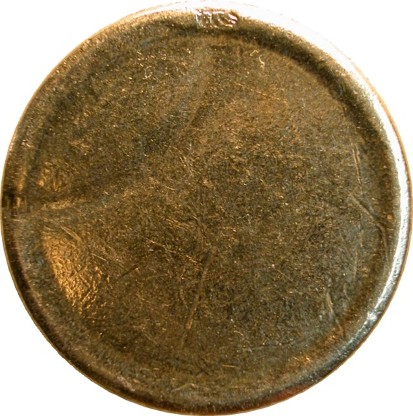
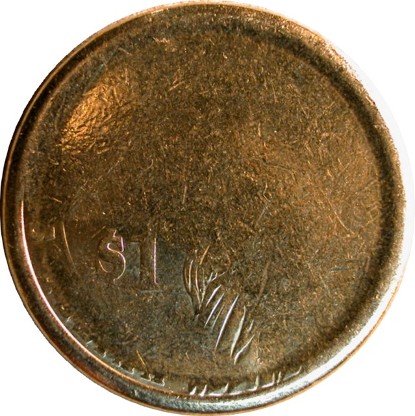
Coin courtesy Fred Weinberg
This dime features an indent on the obverse face. Right across from it on the reverse face is an area of die-struck design. The rest of the planchet is unstruck. The dies were too far apart at their closest approach to leave an impression on the portion of the planchet lying beyond the indent. The intrusive planchet took up the excess space between the dies, permitting the reverse (anvil) die to leave a strong imprint.
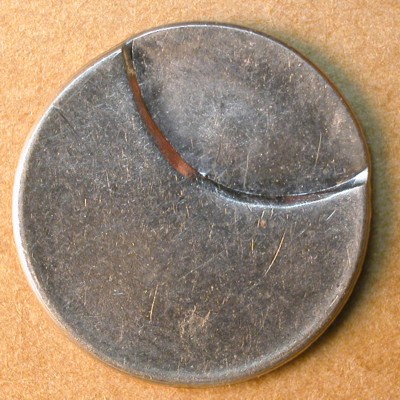
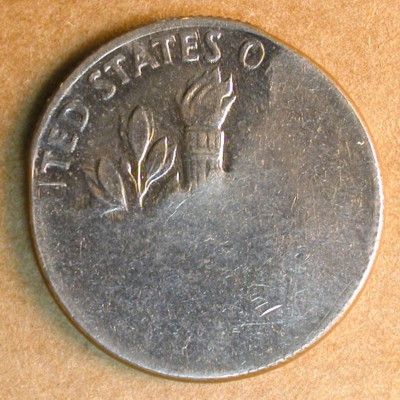
The half dollar has a 30% indent on the second strike in conjunction with an invisible strike. The first strike shows a little bit of weakness here and there.
